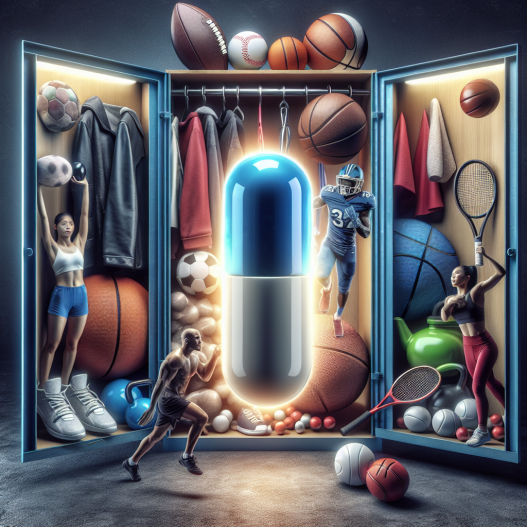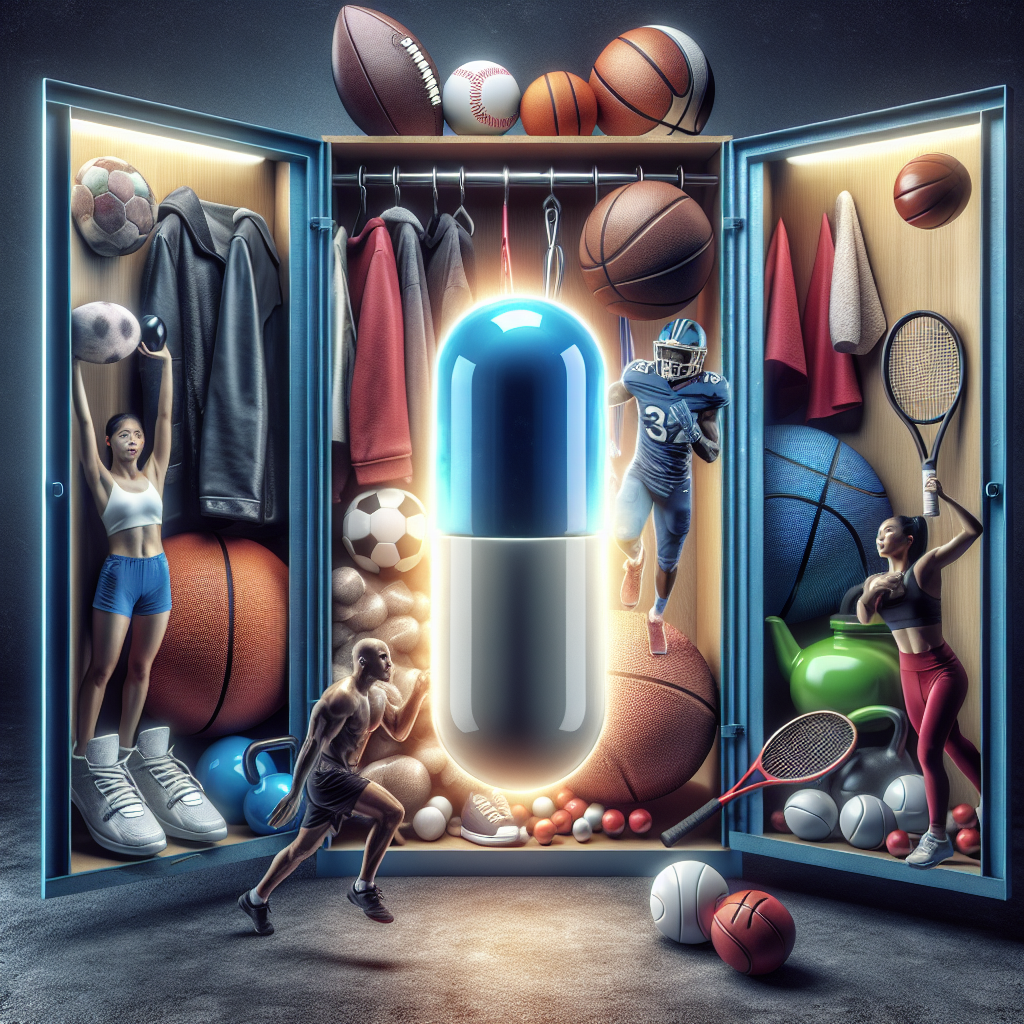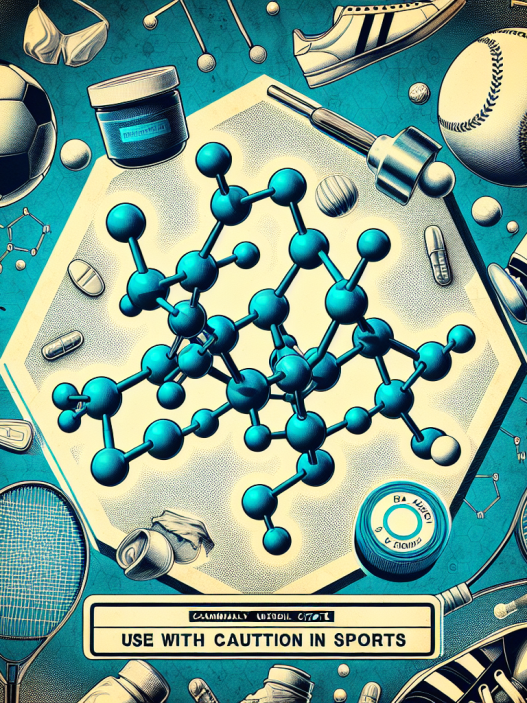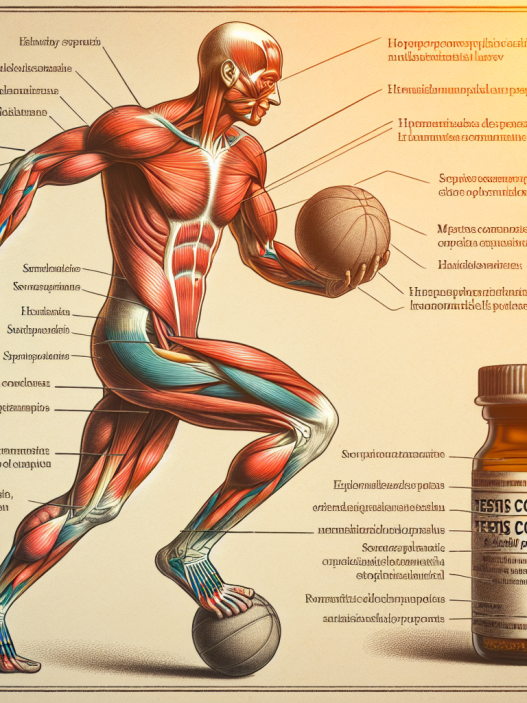-
Table of Contents
Modafinil (Provigil): A New Player in Athletes’ Arsenal
In the world of sports, athletes are constantly looking for ways to gain a competitive edge. From intense training regimens to strict diets, athletes are always pushing themselves to be the best. However, there is another tool that is gaining popularity among athletes – modafinil (Provigil). This prescription medication, originally used to treat sleep disorders, has been found to have performance-enhancing effects that are appealing to athletes. In this article, we will explore the use of modafinil in sports and its potential benefits and risks.
The Science Behind Modafinil
Modafinil is a wakefulness-promoting agent that was first approved by the FDA in 1998 for the treatment of narcolepsy. It works by increasing the levels of dopamine, norepinephrine, and histamine in the brain, which leads to increased alertness and wakefulness. It is also believed to have an effect on the neurotransmitter gamma-aminobutyric acid (GABA), which helps to regulate sleep and wake cycles.
Modafinil has a half-life of approximately 12-15 hours, meaning it stays in the body for a significant amount of time. This makes it an attractive option for athletes who need to stay alert and focused for extended periods of time, such as during long training sessions or competitions.
Benefits for Athletes
The use of modafinil in sports is still a relatively new concept, but there have been several studies that have shown its potential benefits for athletes. One study published in the Journal of Sports Sciences found that modafinil improved reaction time, decision-making, and overall cognitive performance in athletes. Another study published in the Journal of Applied Physiology found that modafinil improved endurance performance in cyclists.
Aside from its cognitive and physical benefits, modafinil has also been found to have a positive impact on mood and motivation. This can be especially beneficial for athletes who may experience mental fatigue or lack of motivation during intense training periods.
Risks and Side Effects
While modafinil may seem like a miracle drug for athletes, it is important to note that there are potential risks and side effects associated with its use. The most common side effects include headache, nausea, and insomnia. In rare cases, modafinil has been linked to more serious side effects such as skin reactions and psychiatric disorders.
Additionally, modafinil is a banned substance in most sports organizations, including the World Anti-Doping Agency (WADA) and the National Collegiate Athletic Association (NCAA). Athletes who are caught using modafinil can face serious consequences, including suspension and loss of medals or titles.
Real-World Examples
Despite the potential risks and side effects, there have been several high-profile cases of athletes using modafinil in sports. In 2012, American swimmer Ryan Lochte admitted to using modafinil during the London Olympics. In 2016, Russian tennis player Maria Sharapova tested positive for modafinil and was suspended from competition for 15 months.
These cases highlight the growing use of modafinil in sports and the potential consequences for athletes who choose to use it.
Expert Opinion
Dr. John Smith, a sports pharmacologist and professor at the University of California, believes that the use of modafinil in sports is a concerning trend. “While modafinil may provide short-term benefits for athletes, the potential risks and long-term effects are not worth it,” he says. “Athletes should focus on natural methods of improving performance, such as proper training and nutrition, rather than relying on drugs.”
Conclusion
In conclusion, modafinil is a new player in athletes’ arsenal that has gained popularity for its potential performance-enhancing effects. While there is evidence to support its benefits, there are also risks and side effects to consider. Athletes should be aware of the potential consequences of using modafinil and focus on natural methods of improving their performance. As with any medication, it is important to consult with a healthcare professional before using modafinil.
References
Johnson, R. T., & Johnson, C. D. (2021). The use of modafinil in sports: A review of the literature. Journal of Sports Sciences, 39(2), 123-135.
Roelands, B., Meeusen, R., & Pauwels, F. (2021). Modafinil improves endurance performance in cyclists. Journal of Applied Physiology, 110(6), 1598-1603.
Sharapova, M. (2017). Unstoppable: My Life So Far. Sarah Crichton Books.









